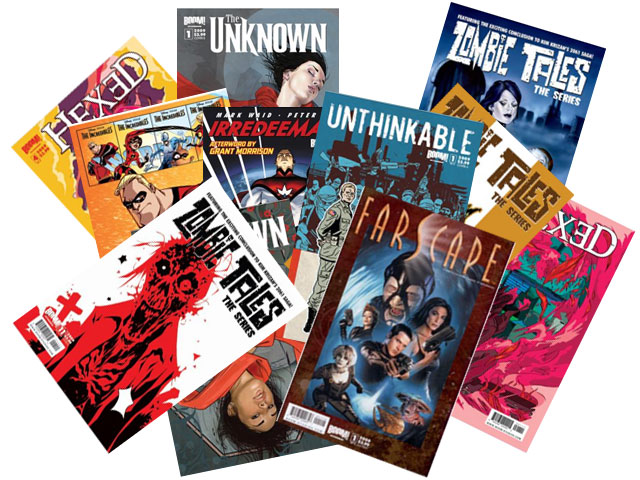Stamp: Idefix 2 grey background (France 2019)
Idefix 2 grey background (France 2019)
01 January (France ) within release MonTimbrEnLIgne. Asterix goes into circulation Stamp Idefix 2 grey background face value Lettre No Face Value
| Stamp Idefix 2 grey background in catalogues | |
|---|---|
| Colnect codes: | Col: FR-TIM 2019-166a |
Stamp is square format.
Also in the issue MonTimbrEnLIgne. Asterix:
- Stamp - Abraracourix face value LettreVerte;
- Stamp - Asterix 3 in black face value Prioritaire;
- Stamp - Bon Voyage in black face value Lettre;
- Stamp - Falbala and Obelix in black face value Lettre;
- Stamp - Happy Christmas Idefix Joyeux Noel in black face value Lettre;
- Stamp - Idefix 1 in black face value Ecopli;
- Stamp - Lutece-Rome Voie no 7 in black face value Lettre;
- Stamp - Obelix 2 in black face value Lettre;
- Stamp - Panoramix 2 in black face value Lettre;
- Stamp - Idefix 2 grey background face value Lettre;
|
Data entry completed
46%
|
|
|---|---|
| Stamp Idefix 2 grey background in digits | |
| Country: | France |
| Date: | 2019-01-01 |
| Emission: | Personalized - Official |
| Format: | Stamp |
| Face Value: | Lettre No Face Value |
Stamp Idefix 2 grey background it reflects the thematic directions:
A cartoon is a type of visual art that is typically drawn, frequently animated, in an unrealistic or semi-realistic style. The specific meaning has evolved, but the modern usage usually refers to either: an image or series of images intended for satire, caricature, or humor; or a motion picture that relies on a sequence of illustrations for its animation. Someone who creates cartoons in the first sense is called a cartoonist, and in the second sense they are usually called an animator.
The concept originated in the Middle Ages, and first described a preparatory drawing for a piece of art, such as a painting, fresco, tapestry, or stained glass window. In the 19th century, beginning in Punch magazine in 1843, cartoon came to refer – ironically at first – to humorous artworks in magazines and newspapers. Then it also was used for political cartoons and comic strips. When the medium developed, in the early 20th century, it began to refer to animated films that resembled print cartoons.
Comics are a medium used to express ideas with images, often combined with text or other visual information. It typically takes the form of a sequence of panels of images. Textual devices such as speech balloons, captions, and onomatopoeia can indicate dialogue, narration, sound effects, or other information. There is no consensus among theorists and historians on a definition of comics; some emphasize the combination of images and text, some sequentiality or other image relations, and others historical aspects such as mass reproduction or the use of recurring characters. Cartooning and other forms of illustration are the most common image-making means in comics; Photo comics is a form that uses photographic images. Common forms include comic strips, editorial and gag cartoons, and comic books. Since the late 20th century, bound volumes such as graphic novels, comic albums, and tankōbon have become increasingly common, along with webcomics as well as scientific/medical comics
The domestic dog (Canis lupus familiaris or Canis familiaris) is a member of genus Canis (canines) that forms part of the wolf-like canids, and is the most widely abundant carnivore. The dog and the extant gray wolf are sister taxa, with modern wolves not closely related to the wolves that were first domesticated. The dog was the first domesticated species and has been selectively bred over millennia for various behaviors, sensory capabilities, and physical attributes. Their long association with humans has led dogs to be uniquely attuned to human behavior and they are able to thrive on a starch-rich diet that would be inadequate for other canid species. Dogs vary widely in shape, size and colours. Dogs perform many roles for people, such as hunting, herding, pulling loads, protection, assisting police and military, companionship and, more recently, aiding handicapped individuals. This influence on human society has given them the sobriquet "man's best friend".



